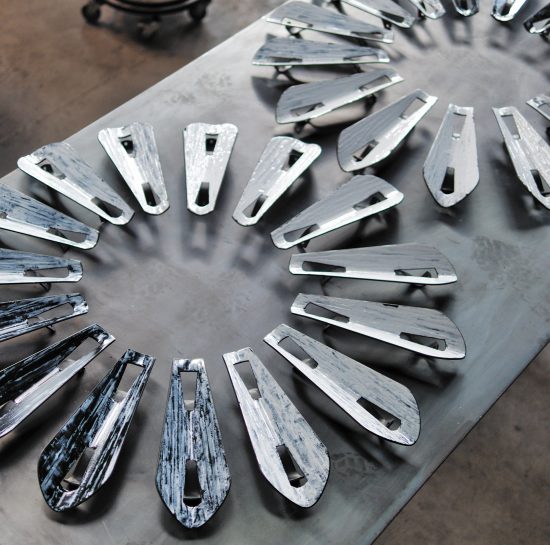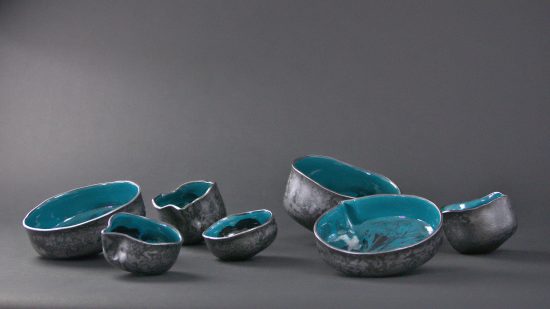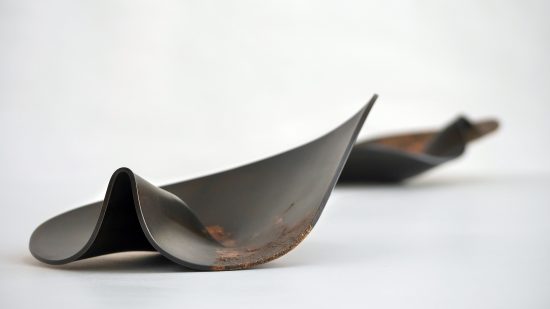At the end of my second semester at HDK Steneby, we had a grave sign course over 8 weeks, with the goal of developing, designing and building a memorial for an imaginary customer.
My grave marker for the sculpture park of contemporary grave signs at Håjum cemetery in Trollhättan (Sweden) deals with the subject of body donation.
The donation of mortal remains to science ensures the education of future doctors and serves the further development of scientific research of the human body and modern medical sciences.
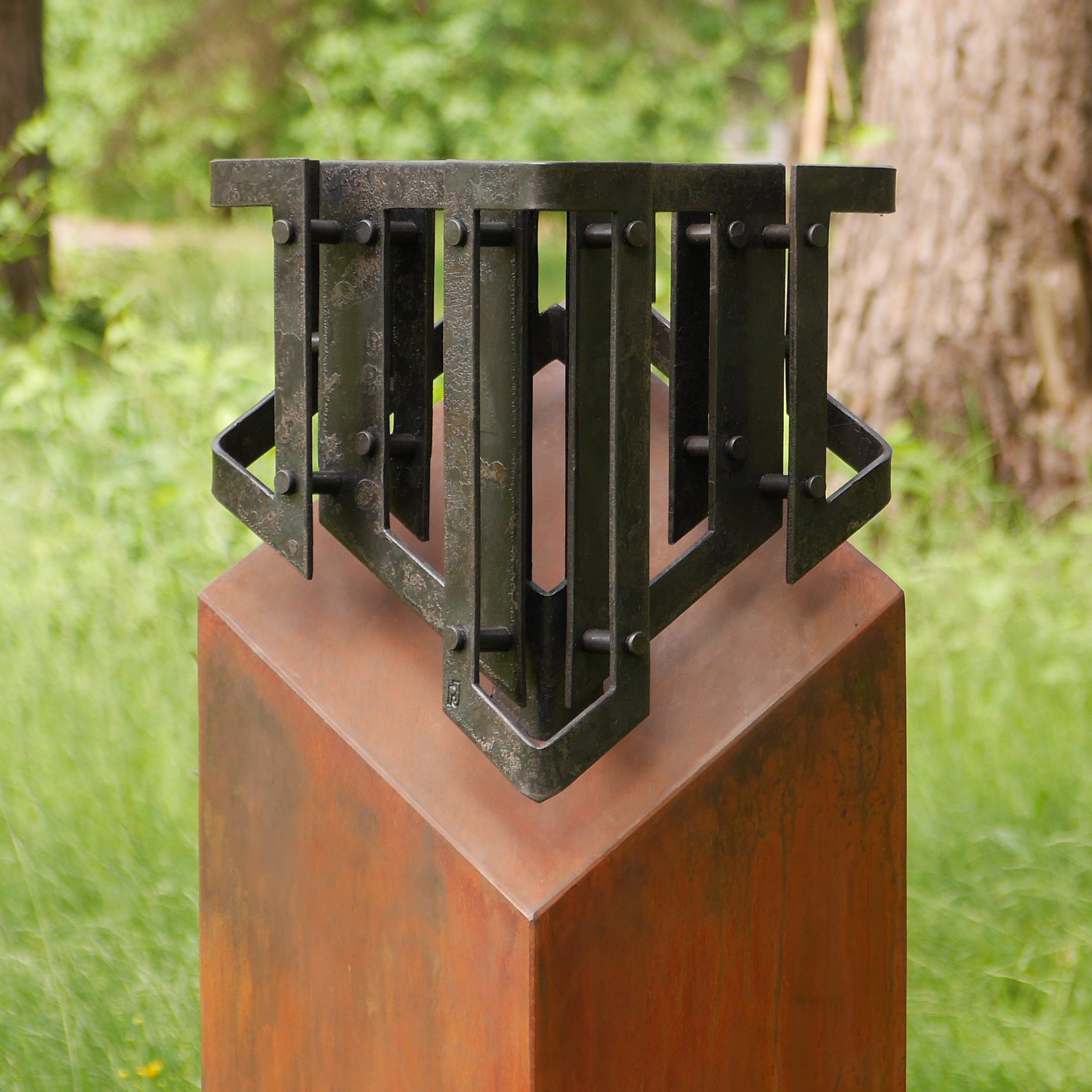
Background
Through friends who study medicine, and told me about their anatomy courses I got interested in how this actually works, so I decided to use the grave marker project to do some research and use this as my subject.
How does body donation works in practice, on the example of Austria?
The relevant authority for body donations in Austria is the Department for Anatomy at the Medical University of Vienna. Interested persons can conclude a contract during their lifetime in which they mandate the Med-Uni to arrange the pickup of the body, and allow them to use it for up to three years, before the mortal remains get cremated and buried anonymously in an honorary grave on Vienna’s central cemetery.
In Austria body donation isn’t free, the contract is only valid with the payment of € 990 which is still a favourable price, compared to a simple funeral which starts at about € 5000.
During one’s lifetime it’s always possible to resign from the contract without cause, but it’s not possible for relatives to avoid the donation in case of death.
It’s highly recommended to inform the relatives about the plan to donate the body to science, to prepare them for this still not so common form of funeral.
Sketch process and Design
Because of the lack of spiritual or religious symbolism in this topic, I wanted to use clear geometric forms from the beginning. The only symbolism I found during my sketch process are the acts of serving, teaching and giving: the generous donation of someone’s very own human body, only to teach future doctors and thereby serving future generations.
That led me to the idea of a main body, from which a clearly defined section is departing, separating itself, respectively floating away. So to speak the main body as the person or the lifetime, from which a part is handed on to somewhere after death.
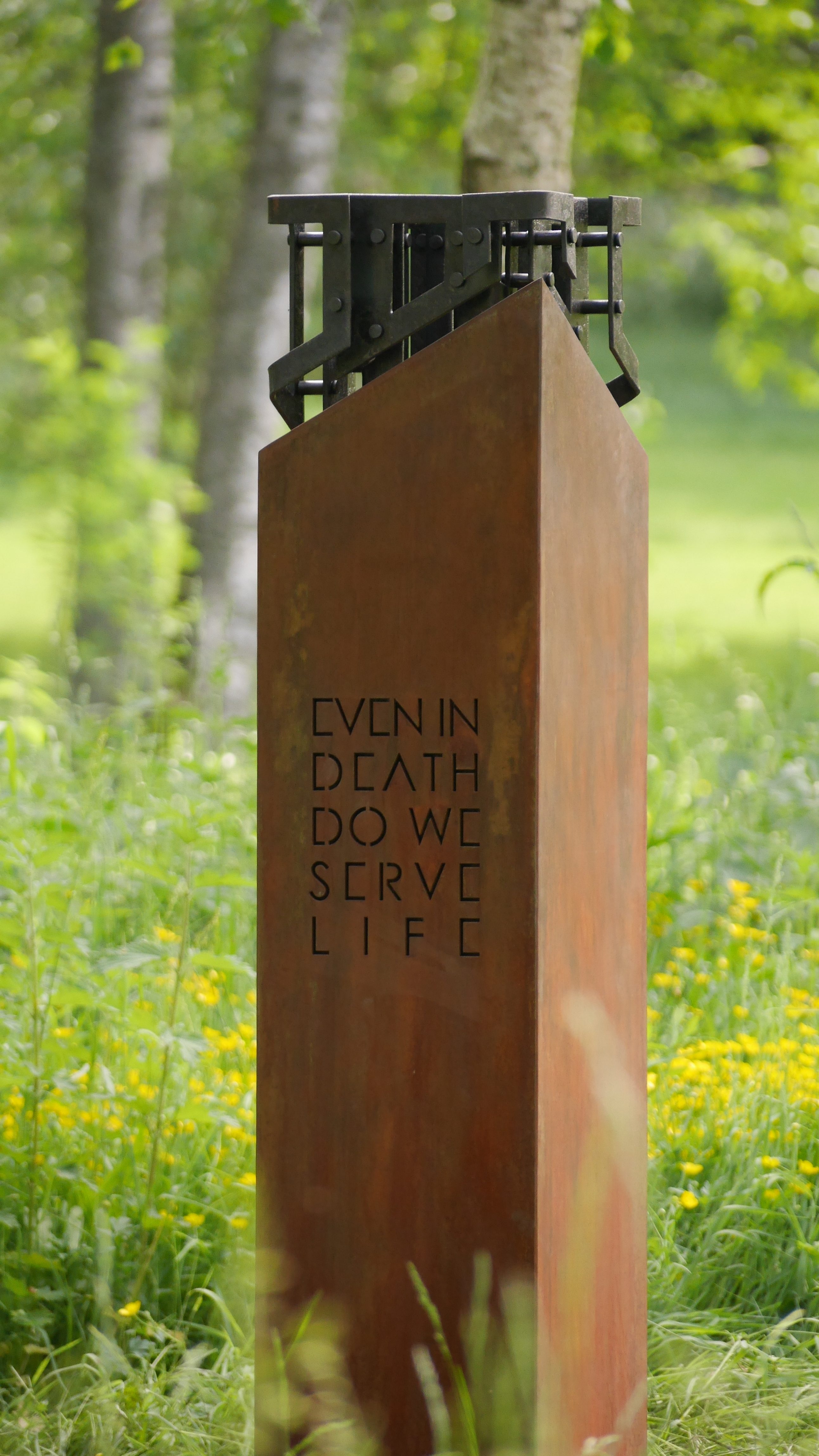
The overall form of my grave marker is a square pillar, which is cut at an angle, to separate the top part from the main body.
I set a clear contrast between the two parts, not only with the design but also with the choice of material or rather the surface treatment.
The main body is a plain hollow cor-ten steel construction that already appears aged through its rusty patina, but will last long without further maintenance because of the weather resistant properties of cor-ten steel.
The top part is a complex mild steel structure consisting of three layers of flat and bent plate parts, which are connected with simple forged distance rivets. This mild steel top part is darkened with graphite paste and conserved with rust protection oil, so it will stay black for some time but then will slowly starting to rust. After some years the top part will have aligned its colour to the main body’s rusty patina.
While the plain and rusty main body represents the fading life, the complex brain on top stands for the mortal remains, the dead human body, which still can serve science, research and education.
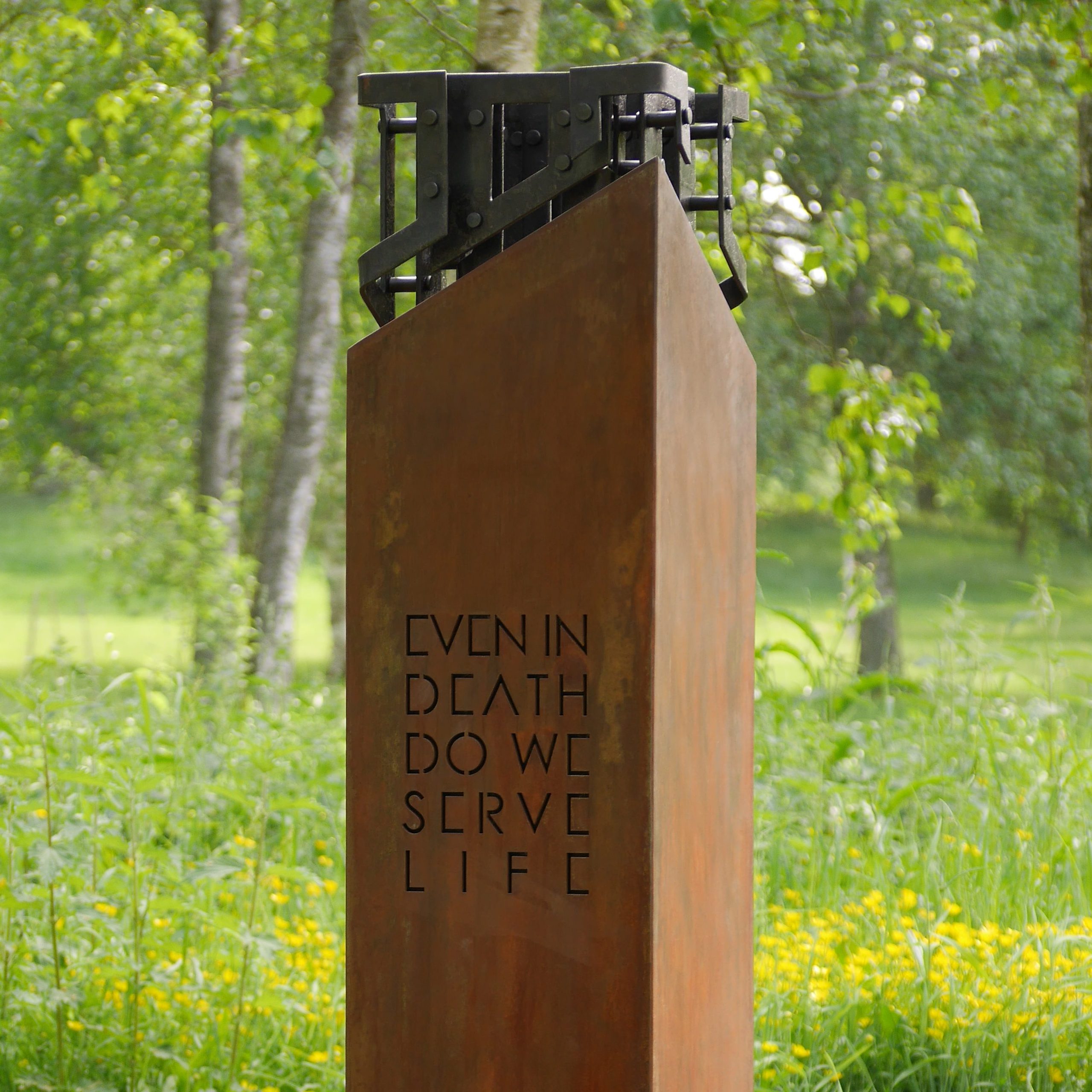
The words “EVEN IN DEATH DO WE SERVE LIFE” are translated from the Latin “Mortui Prosumus Vitae” – an inscription often used on general memorial signs for body donators, on University campuses or other medical facilities.
I used the English words for better understanding and in terms of formatting, and also simplified some of the letters because of the water jet cutting process and to incorporate the text better to the overall design.
Context option 1
The grave marker is a personal grave sign for someone who donated his/her body to science, but the ash is buried for example in a mass grave in Vienna, maybe far away from the home and the relatives. The marker can be placed on a graveyard or on another personal site where the relatives and friends can visit and remember the deceased.
Names and dates would be cut out from the cor-ten body, same as the inscription.
Context option 2
The grave marker as it stands now at Håjum, without any personalization, is a general memorial for all body donors.
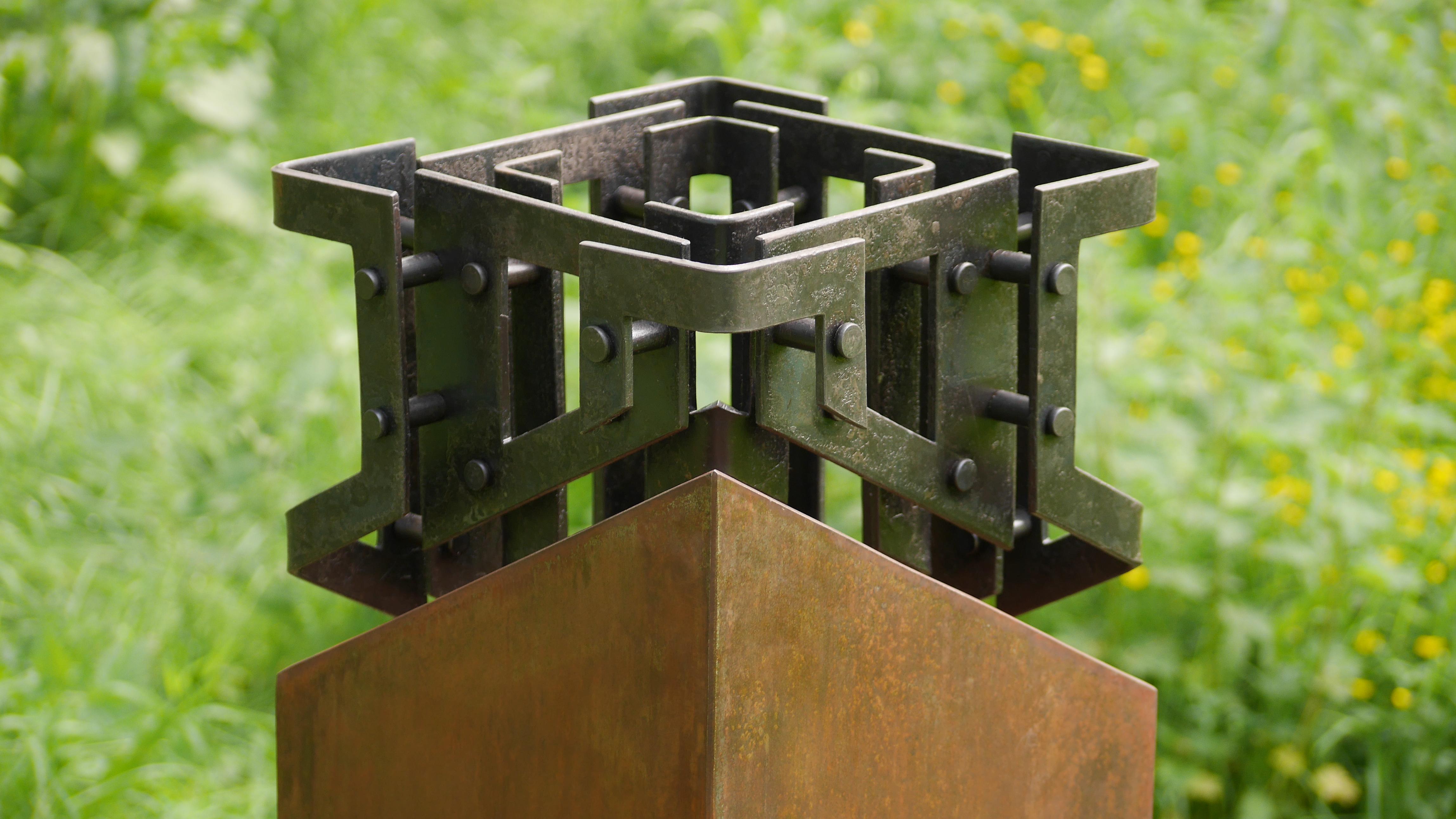
In memory of the women and men who donated their bodies for the studies of future doctors and thereby served the common good.


